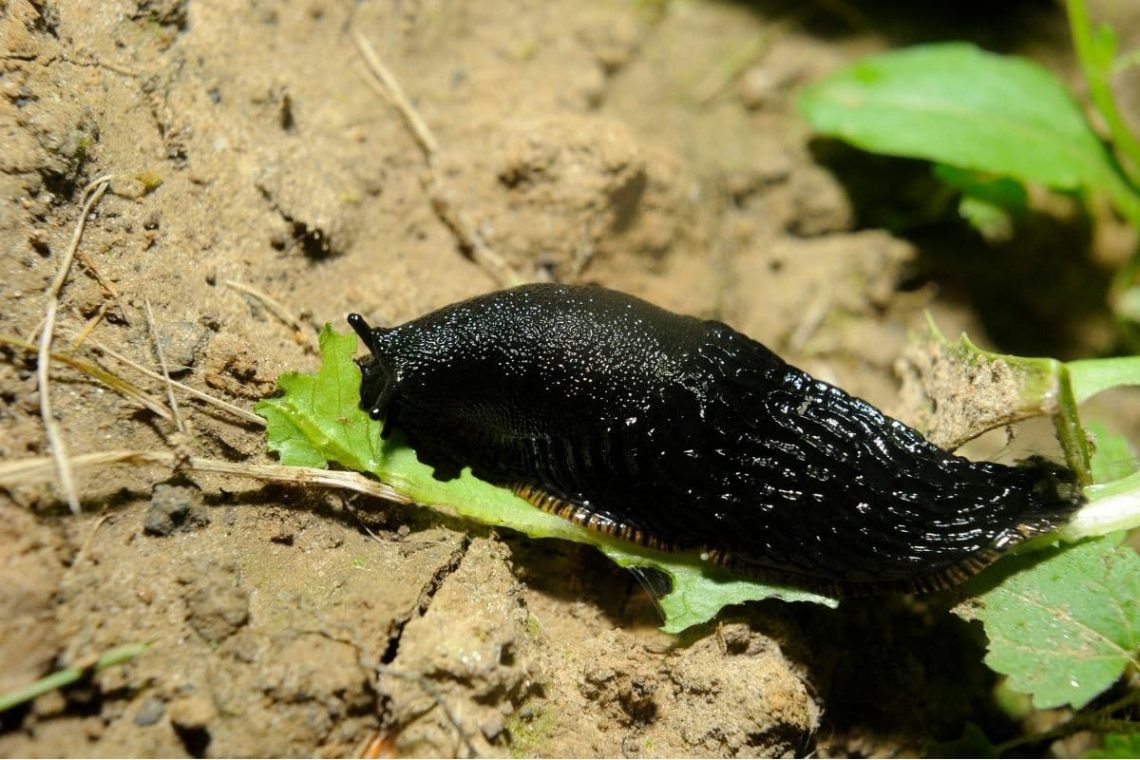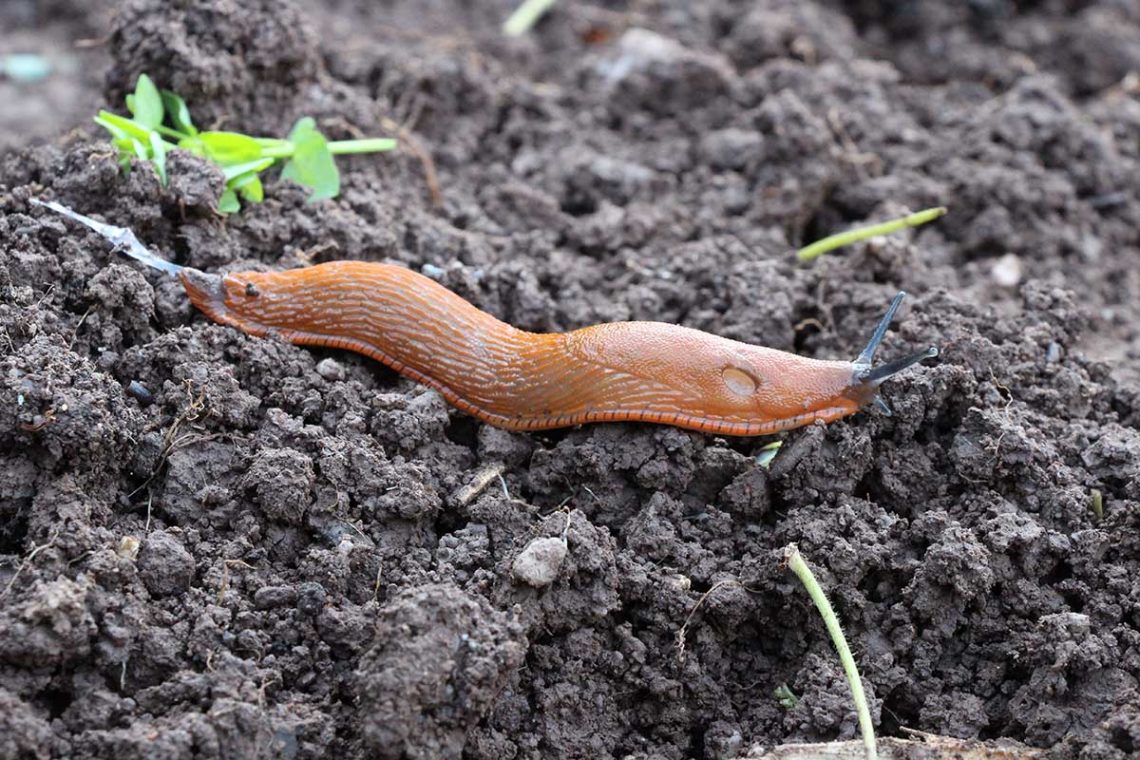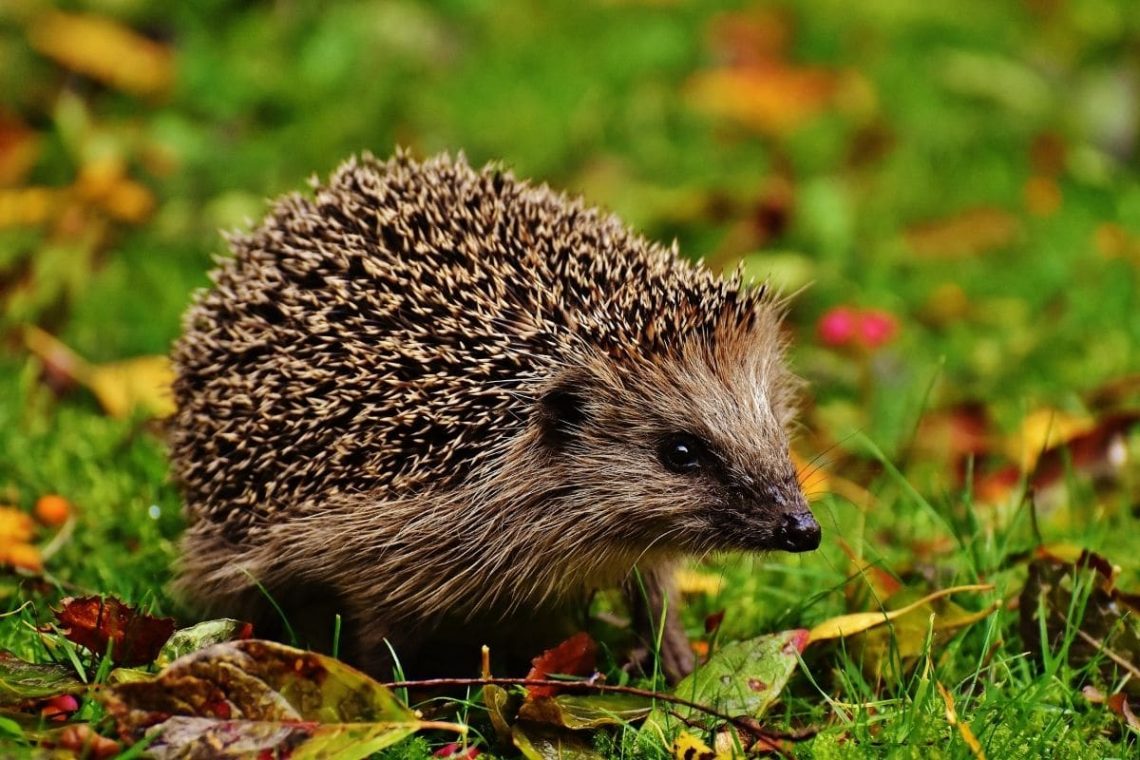Snails are already very old. The ancestors of today’s known snail species lived in the oceans more than 500 million years ago, in the Palaeozoic era. The life span of individual species is very different.
Slimy fellows
Snails (Gastropoda) belong to the mollusks (Mollusca). They inhabit the most diverse habitats on earth. Some are at home in the salty sea, other species live in fresh water and others on land. Mostly they are nocturnal. To live, all snail species need moisture. Generally, mollusks are divided into nudibranchs and shell snails. There are several differences, including the expected lifespan. In addition, however, other factors determine how old a snail becomes.

Note: Especially slugs, and mainly the Spanish slug, are a horror for every hobby gardener. In one night they can eat an entire vegetable patch bare.
Different ages
The life expectancy of the individual snail species is quite different. Various factors are decisive in determining how old a snail becomes. These include
- Habitat
- Way of life
- Size of the snail
predators
As a rule, an indication between nine and twelve months is given, whereby representatives of smaller snail species do not become as old as larger ones. Life expectancy can also vary within a species. This depends, among other things, on the weather and local conditions.

Slugs and snails
Shell snails have a longer life expectancy compared to nudibranchs and can reach a very considerable age. Due to their existing snail shell, they can survive some difficult living conditions well. This offers protection against
- dehydration
- cold winters
- snail retreats
- closes house with a lime lid
- thus survives several months
Slugs have it a bit harder. Most adult slugs rarely survive very cold winters. In mild weather, however, survival in frost-free soil is possible. Often only the eggs, which were laid in the soil, overwinter. In spring the young hatch and become sexually mature already in summer. Shortly thereafter, they lay eggs. Usually nudibranchs are rarely older than one to two years.
Life expectancy of individual snail species
According to NABU, the probably oldest snail is a Roman snail (Helix pomatia), which lived in a terrarium. It became 30 years old. In the wild, representatives of this species also reach quite a stately age of six to ten years. In addition, there are species that also have a good life expectancy and others that are very short-lived:
| Snail species | Maximum life expectancy |
|---|---|
| Field net snail (Deroceras reticulatum) | 1 year |
| Apple snail (Ampullariidae) | 3 to 4 years |
| Garden ribbon snail (Cepaea hortensis) | Until 5 years |
| Large agate snail (Achatina fulica) | 10 years |
| Grove ribbon snail (Cepaea nemoralis) | 8 years |
| Posthorn snail (Planorbarius corneus) | 3 years |
| Posthorn snail (Planorbarius corneus) | Until 3 years |
| Black Snipe (Limax cinereoniger) | 2 years |
| Spanish slug (Arion vulgaris) | 1 to 2 years in mild areas |
| Tiger Snail (Limax maximus) | 3 years |
| Dwarf snails | 1 year |
Natural predators
Many snails sometimes do not reach their normal life expectancy. For their natural predators such as hedgehogs, mice, martens and birds, they are a true delicacy. In addition, very cold winters or prolonged drought can also kill the mollusks. In addition, some snail species are not welcome in the garden, especially the voracious slugs. They are specifically combated there.

Note: Various snail species such as the agate snail or vine snails can be kept at room temperature in terrariums. Here they have a longer life expectancy than normal.
Frequently asked questions
Are there any known poisonous species among snails?
There are also poisonous snails, but they are mainly found only in tropical seas. Among them is the cone snail (Conidae). It produces the strongest, best known natural poison. In this country, there are no poisonous animals among terrestrial and freshwater snails. However, after contact with them, hands should still be washed thoroughly.
How can the different species of snails survive the winter?
Snails are hardly visible from autumn to spring. They look for a place to hibernate in time. Since slugs do not have a house, they hide in the frost-free ground. The situation is different for the so-called shell snails. These look for a sheltered place, for example under dense bushes in the moss. On the other hand, the two-millimeter-large field snail is active even at frosty temperatures in damp foliage or under the snow cover.
How does reproduction occur in these mollusks?
As a rule, almost all land and freshwater snails lay eggs. The young then hatch from these. The eggs are white or transparent, depending on the snail species, and have a diameter of three to four millimeters. After mating, up to 400 eggs are laid in clutches of 30 to 70. Since the mollusks are hermaphroditic, the laying is done by both animals. Depending on the weather, laying can occur up to twice a year, in spring and fall.
Do shell snails already have houses when they are born?
Yes, already hatched animals have a small embryonic shell. In adult animals this is often still visible as a tip. The shell grows with the young animal. If the snail stops growing, the shell also stops growing.

